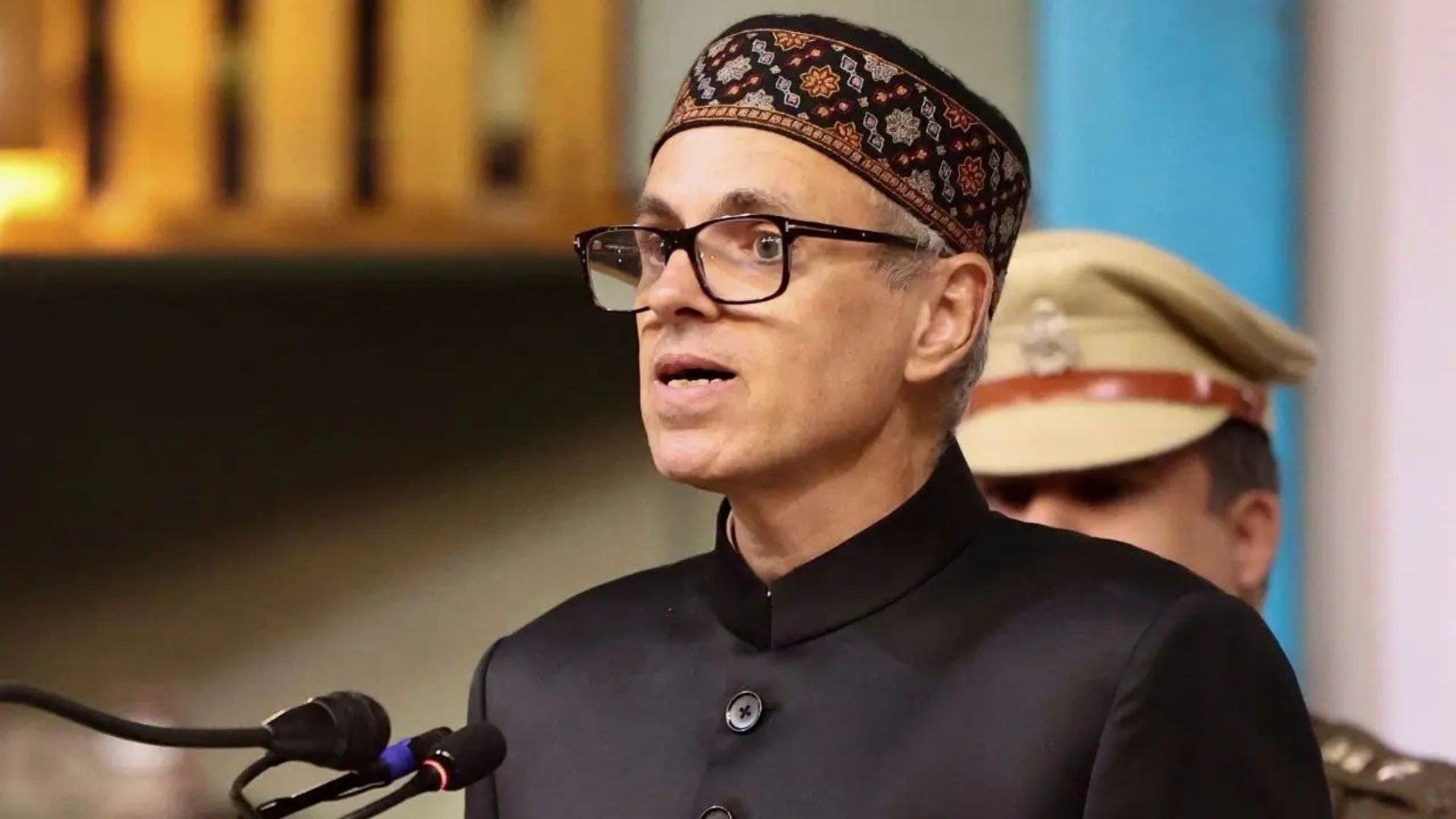
The Chandipura virus, which causes flu-like symptoms and can lead to severe brain inflammation (encephalitis), has recently led to the death of a four-year-old girl in Gujarat. This death is part of a larger outbreak, with 29 reported cases across nearly a dozen districts, including 26 in Gujarat, 2 in Rajasthan, and 1 in Madhya Pradesh. So far, 15 people have died, with 13 of the deaths occurring in Gujarat.
What is the Chandipura Virus?
The Chandipura virus belongs to the Rhabdoviridae family and is known for causing occasional outbreaks in India, especially during the monsoon season. It spreads through vectors like sand flies and ticks. Currently, there is no specific treatment or vaccine for the virus. Measures to control it include vector control, maintaining good hygiene, and raising awareness. The virus mostly affects children under 15, causing symptoms such as fever and severe brain inflammation.
Symptoms and Transmission
The virus causes symptoms similar to the flu, including fever and acute brain inflammation. It is mainly spread by mosquitoes, ticks, and sandflies. Past outbreaks in Central India have shown high fatality rates, particularly in Andhra Pradesh and Gujarat.
Treatment
There is no specific antiviral treatment or vaccine for the Chandipura virus. Early diagnosis and supportive care are essential. Supportive care includes managing breathing, circulation, body temperature, and fluid balance, as well as treating any secondary infections.
The Union Health Ministry and experts are currently reviewing the outbreak in Gujarat, Rajasthan, and Madhya Pradesh to better understand and address the spread of the virus.















